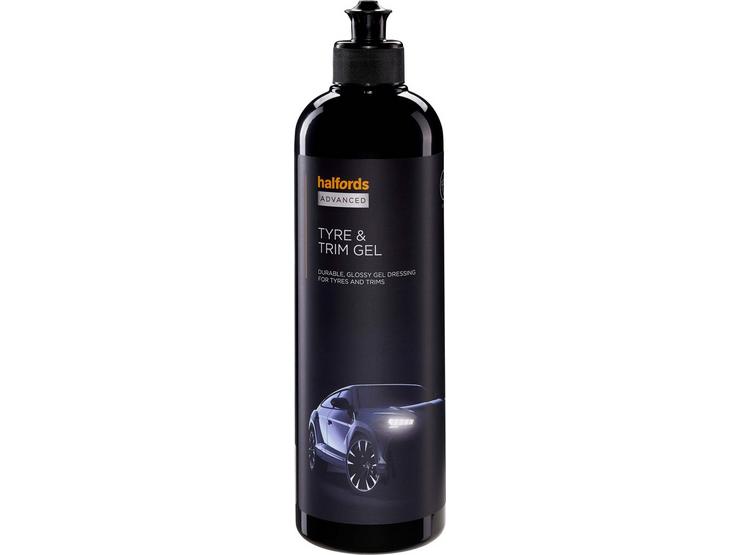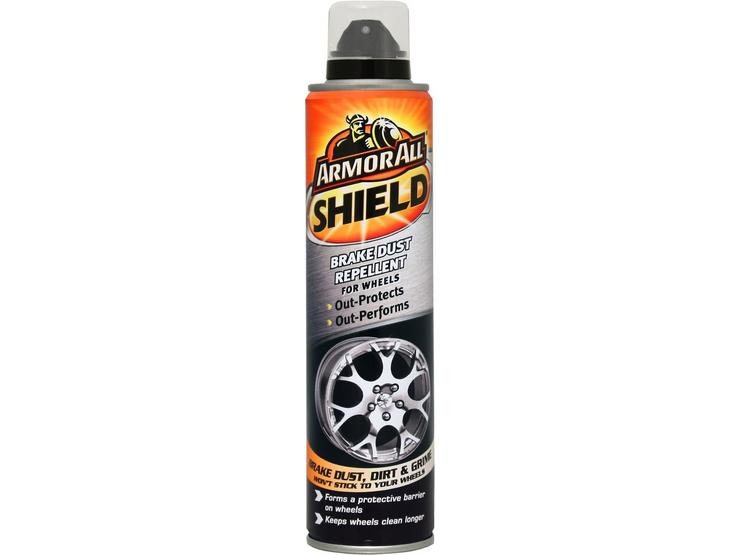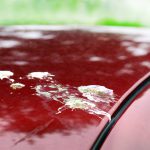Most cars experience brake dust from time to time, however, leaving it to settle on your wheels can make it difficult to remove.
As a result, it’s important to check your wheels regularly for signs of brake dust and ensure that you clean them as soon as you can.
Keep reading to find out how to remove brake dust, how it develops and the issues associated with brake dust build-up.
What is brake dust?
Brake dust is the dark residue that appears around your wheel rims. The residue is a mixture of iron particles, carbon and friction material.
Regardless of the car you drive, brake dust build-up is unavoidable and a natural outcome of the braking process. Each time you press the brake pedal, brake debris will naturally build up over time. Brake dust is particularly noticeable on alloy wheels as the black residue clearly contrasts against the wheel hub.
Can excessive brake dust damage tyres?
Brake dust can cause damage to alloy wheels if left for long periods. The dust can discolour your tyres and can become difficult to remove if not cleaned quickly. Hot temperatures can even cause the dust to bake into alloy rims, making it even harder to remove and can leave your tyres looking permanently dirty.
The dust from your brake pads also contains abrasive materials and can end up scratching your rims, which can result in having to have a full tyre replacement.
It’s not just tyres that brake dust can impact – it can also have negative environmental effects. Brake dust contains metal particles that can add to air pollution, particularly in built-up areas. Additionally, excessive brake dust can lead to respiratory infections, so it’s important to check your tyres regularly for any build-up.
Check your brakes for signs of damage
Sometimes excessive brake dust can be a sign of a braking system issue, such as a problem with brake rotor or brake calliper. If you don’t address the problem, your brakes could worsen and become less responsive over time.
If you’re concerned about the condition of your brakes, you can always take it to us for a free brake check. We’ll assess the problem and can replace any necessary parts.
How to clean brake dust
Thankfully, keeping on top of brake dust can be manageable if you clean your car regularly and use the right products.
A reactive wheel cleaner is the best way to remove brake dust. The Halfords Advanced Reactive Wheel Cleaner changes colour as it reacts with dirt and grime, lifting the contaminants. Simply rinse away and you’re left with shiny new wheels.
If the brake dust on your wheels is particularly stubborn, using a wheel cleaning brush such as the Halfords Large Alloy Wheel Brush will help shift the dirt.
Finishing with a tyre gel is a great way to restore the shine of your wheels such as the Halfords Advanced Tyre and Trim Gel. The quick and easy application is perfect for adding that showroom-ready finish to any vehicle.
You can also use a dedicated product that protects against brake dust such as Armor All Sheild Brake Dust Repellent which forms a protective barrier over your wheels, helping them stay cleaner for longer. Simply spray on and dry and your wheels will be protected for up to 4 weeks. The formula will also make your wheels easier to clean next time.
Remember, if you check your car regularly and clean it often, brake dust shouldn’t become an issue. If you think excessive brake dust could be the result of an underlying issue, remember to get it checked by one of our experts as soon as possible.






